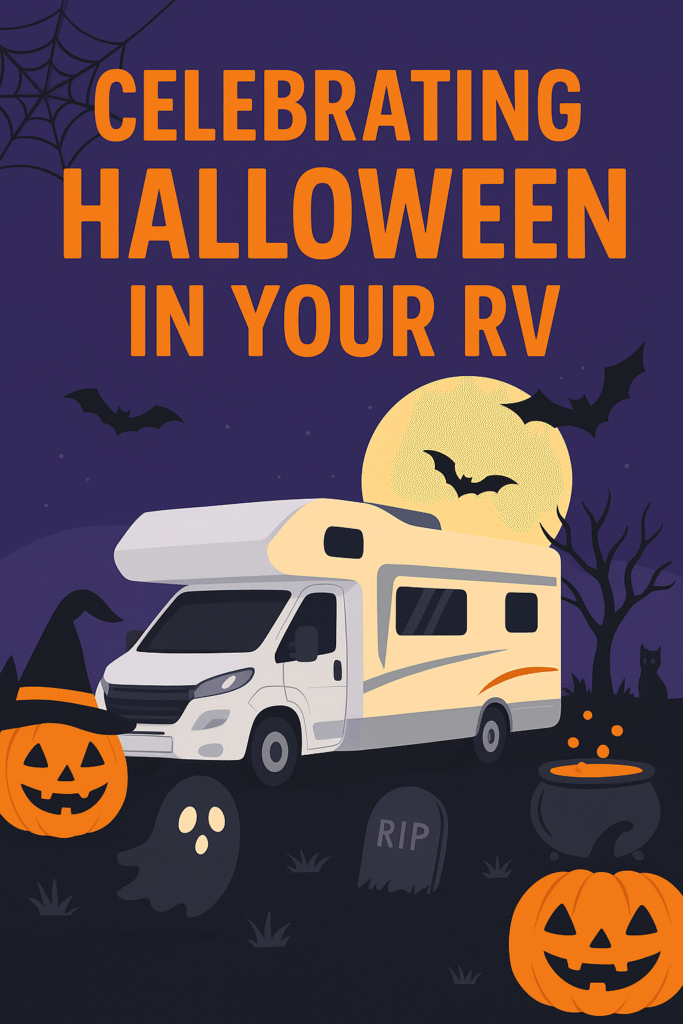Because RV travel on the open road has deep roots in the history of our country, it’s easy to forget that there are RV enthusiasts on other continents as well. In fact, in Europe, RVs are wildly popular and come in a variety of styles, such as vans and motorhomes, just like in North America. But your typical RV in Europe is not going to be the same as your typical RV here.
Let’s explore five ways European motorhomes are different than ones made in North America!
European RVs:
- Are smaller and narrower – Many of the roads and streets in European towns were built hundreds of years ago and are often narrow and winding. As such, European RVs must be compact to be able to fit on some of these roads.
- Are designed efficiently with lots of storage – European RVs are designed to maximize what little space there is. Storage areas are created in even the most unlikely of places – such as under a set of steps – so that there is no wasted space.
- Are beautifully designed – The interiors of European RVs are clean, modern, and stylish, with many features that have dual functions to make the space as efficient as possible. For example, the bathroom door may pull double duty as the bedroom door. What’s more, many rigs are thoughtfully designed so that tanks, plumbing, and electrical systems are easy to access, making repairs and maintenance much easier on owners.
- Prioritize insulation – Europe is known for its wide-ranging climate, so European motorhome manufacturers focus on properly insulating their rigs. They build RVs with thicker floors and fewer seams than American manufacturers do, and insulation is a selling point. Rigs are even tested in cold chambers and given ratings to show how well they can withstand frigid temperatures.
- Have solar power systems as a common upgrade – North American RVs are catching up to this, but in Europe, having a solar set up is a common upgrade offered – and one that European RVers take advantage of it. Dry camping (or boondocking) is a favorite for European campers so having solar power capabilities is a necessity.
Have you ever seen or driven a European RV? What differences stood out to you? Let us know in the comments or contact us today!




